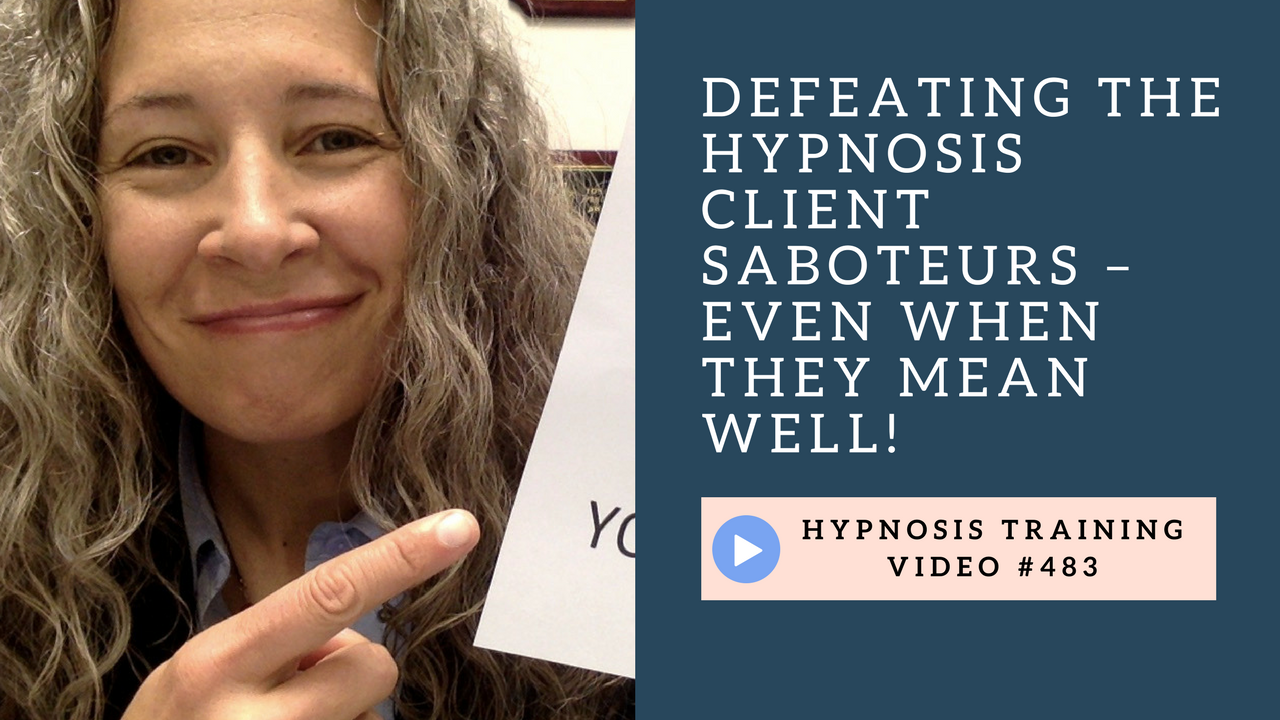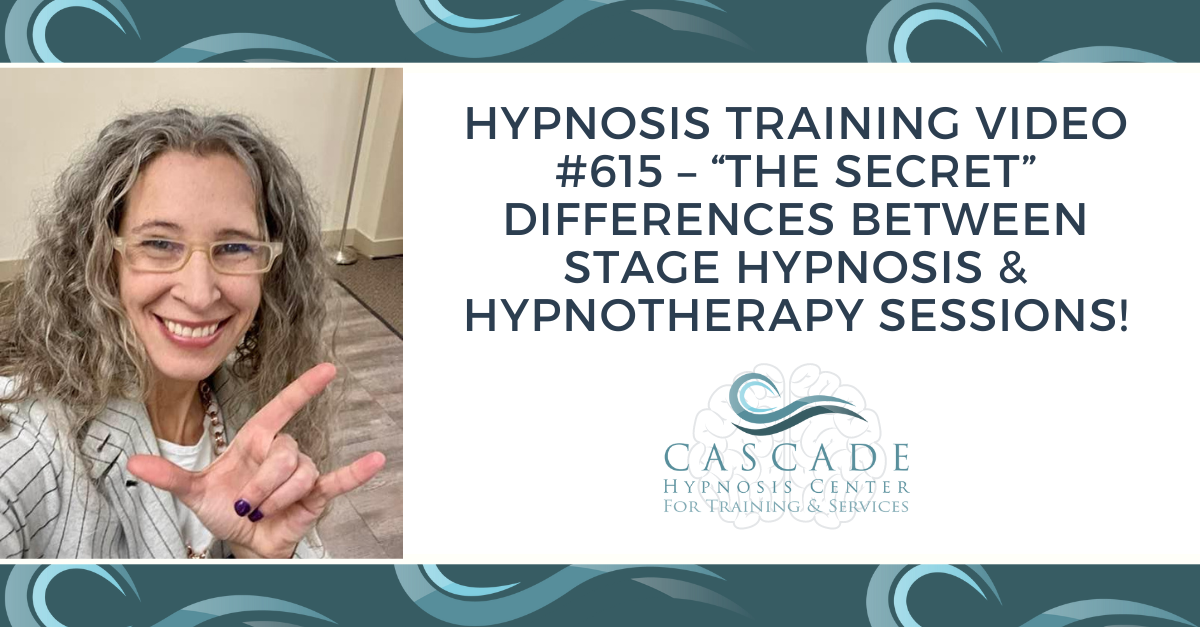How to Help Hypnosis Clients Eliminate Sugar Cravings in Three Days without Feeling Deprived
By Erika Flint, BA, MCPHI, BCH, OB
Originally published in the Journal of Hypnotism
“I’m addicted to sugar,” Emily reported. “If I could just get off sugar, I know I’d be able to lose the weight."
Sugar cravings are a common issue in the hypnosis office, where I’ve helped hundreds of clients sustainably lose weight. Emily’s story is typical - she eats healthy meals, but in the late afternoon and before bed, she finds herself reaching for sugar.
Why is Sugar Such a Problem?
Sugar, in its natural form, is not a problem. For example, I’ve never had nor heard of a client ask for help with eating too many apples or too many grapes. Mother nature packages sugar with fiber and water - substances that help to balance how much we desire to eat in any one sitting because they are satiating and filling. How many apples would you eat at one time? Compare that with how many cookies or sweets you can eat in one sitting, and you’ll understand the beginning of the problem with processed sweets.
Processed Food is Engineered to be Irresistible
Food scientists have created the concept of a “bliss point." The bliss point is the perfect balance of sugar, fat, and crunch in different combinations so that processed sugary foods become irresistible.
Food companies are actively working to create products that we crave and have a hard time resisting. They do not have consumer’s best interests at heart - they are in the business to make money.
Share these insights with clients! It helps them to realize it’s not their fault, and there’s nothing wrong with them. Those foods are engineered to be irresistible.
The Signature of Addiction
You may have heard about the research indicating that sugar is “addictive," similar to other drugs such as cocaine and alcohol. It’s interesting science, and there is an ongoing debate on the merits of each side.
However, that’s not what I’m referring to here - I’m not talking about the potential chemically addictive aspects of sugar. Instead, I’m using my own definition of what makes something addictive that I call The Signature of Addiction. Something is “addictive” if it is:
Instantaneously gratifying: results are immediate. The brain loves immediate results. Have you heard of delayed discounting? It’s the opposite of instantaneous gratification. Delayed discounting means the brain discounts perceived benefits of anything that exists in the future - meaning anything that is not immediately gratifying.
Short-lived: the results fade quickly, leading to the brain desiring or craving, the result again.
Any behavior that falls into that category has the potential for being addictive - including sugar, video games, and drugs.
Why Three Days?
The Three Day Rule comes from experience with clients. In three days clients report:
a reduction in sugar cravings, including thinking about sugary foods.
an increase in mobility - including a reduction in swelling of knees and joints. This helps them to feel good and notice that changes are taking place.
These two positive feedback elements motivate clients to stay on track.
The Solution
The solution includes understanding The Signature of Addiction and offers instantaneously gratifying solutions that meet the needs of the brain without the negative consequences of short-lived results.
Help your clients kick the sugar habit in three days with this formula.
Step 1: Attention Shifting: Empowering Clients for Success
Cravings last for 15 Seconds
One of the jobs of our nervous system job is to release neurochemicals that we experience as feelings, to help us become aware of what’s happening in our environment, creating a feedback loop.
The good news is that research indicates these feelings, in general, last for as little as 15 seconds and up to 90 seconds. 15 seconds. Help your clients become aware of their craving, then distract themselves for 15 seconds, and the sugar craving will disappear. They can regain control!
How is this possible, when it feels like cravings last so much longer? That’s usually a matter of our attention; as we focus on not wanting to have the sugar, the desire increases. Instead, when we shift our attention to something else, it dissipates.
Here are the general steps for attention shifting:
Know when they’re craving sugar. How do they know they’re craving sugar, what is the first sign? Have your client shift attention when the momentum is at its lowest point. This can be accomplished with a variety of hypnotic techniques, my favorite being stepping through a revivification of the last time they felt intense cravings.
Redirect their attention to something else. What should the client do instead? The two best-performing methods are described below.
Step 2: Substitution Method
One popular method of getting off of sugar includes quitting sugar cold-turkey. Although this technique can work, I have not found it useful for the majority of clients I’ve worked with.
In contrast, the substitution method assists clients in lowering sugar cravings by meeting the needs of the brain and body, not resisting or denying them, by having your client use natural sweeteners as a substitution.
Have your client stock up on naturally sweet foods - ideal candidates include fruit that is lower on the glycemic index, for example, berries, apples, and grapes.
Instead of sugar, when clients get a craving for something sweet, they eat something naturally sweet. Something that is instantaneously gratifying because of its sweetness, but it also has the water and fiber content to be fulfilling and long-lasting as well. They’ll have a half of an apple or a handful of grapes or berries. Include hypnotic suggestions in your work with clients that the sweetness from the fruit is deeply fulfilling for the body and that it harmonizes all bodily functions and satisfies the body's natural craving for sweets.
Step 3: Generate Good Feelings in the Body Method
Everybody needs to feel good. This is on a biological level. Our pleasure centers - that which controls desire and the positive feedback loop, are essential elements of our nervous system. If the only way our clients feel “good” during the day is when they’re eating, then there’s a problem, and it’s critical to help reconnect them with other ways to feel good.
Instead of having good feelings come from a package at the store in the form of candy or ice cream, we want to encourage our clients to generate these good feelings themselves.
Do work with your client in hypnosis to remind them of what truly makes them happy - singing, dancing, painting, creating music, and art. Then have them do these things more frequently.
Use hypnosis to help uncover and reinforce your client’s ability to generate good feelings in the body naturally. Doing so will reduce the brain’s craving for the easy-win, sugar.
Over time, when clients regularly generate good feelings in their bodies, they find their cravings for sweets dissipate and, in many cases, are eliminated.
The Brain Wants to Feel GOOD
The brain doesn’t want that sugar - it just wants to feel good! Sugar became an easy-win over time that had significant negative consequences.
For Emily, she realized she often craved sugary foods when she felt physically tired. So instead of having sugar, she redirected her attention to practicing self-hypnosis, which helped her meet the needs of her brain and rest and recover.
She also learned to love apples and grapes and realized if she has a sugar craving, and she’s hungry - a half an apple will satisfy her craving. She uses both techniques, depending on the situation. She asses and meets the needs of her brain and body.
Help your clients get off of sugar and feel good in a sustainable way with attention shifting, the substitution method, and generating good feelings in the body. They’ll likely feel better in three days, and off to a great start losing weight in a sustainable and fulfilling way.

-4.png)

